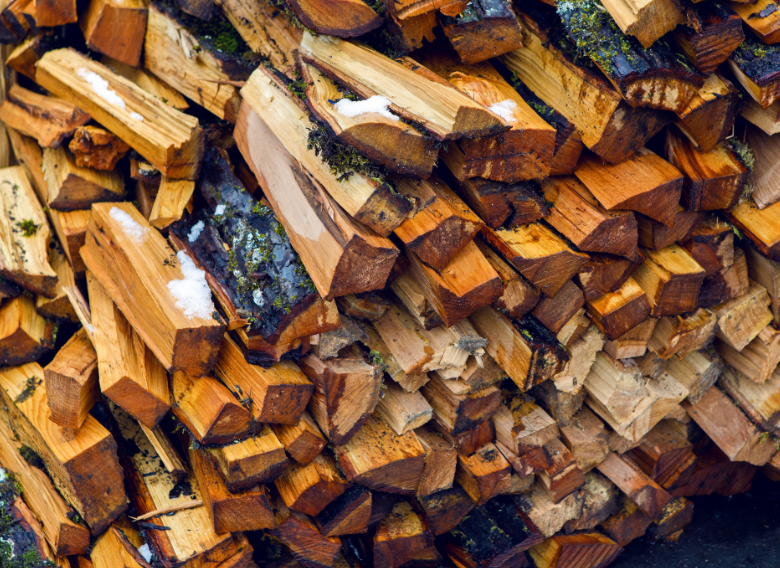The Dangers of Burning Wet Wood: Why You Should Think Twice Before Lighting That Fire: Nothing compares to the warm and inviting atmosphere of a wood stove or crackling fire as the days get chilly and the nights get longer. But, there’s an important thing to think about before you throw another log on the fire: the moisture level of your fuel.
Although it may seem appealing to burn damp or green wood in an emergency, there are numerous risks and disadvantages that can surpass the advantages of having a cozy fire. Let’s examine the reasons why burning damp wood is not only ineffective but also perhaps dangerous for the environment and your health.
Low Efficiency: Because wet wood has a high moisture content, a large portion of the energy released during combustion is used to evaporate the moisture rather than producing heat. Because of this, wet wood burns less efficiently than dry wood, producing less heat and requiring more frequent refueling.
Increased Build-Up of Creosote: Burning damp wood at low temperatures can lead to incomplete combustion, which releases creosote, a highly combustible and sticky material that can build up in your flue or chimney. This accumulation over years may cause airflow restrictions, raise the possibility of chimney fires, and need expensive maintenance or repairs.
Air Quality Concerns: Wet wood emits more smoke and other pollutants than dry wood, which lowers the quality of the air both inside and outside. Particulate matter, carbon monoxide, and volatile organic compounds are among the dangerous pollutants found in smoke. These pollutants can worsen respiratory disorders and pose health hazards, particularly to the elderly, young children, and people with pre-existing medical illnesses.
Environmental Impact: Wet wood burning that is inefficient contributes to air pollution and climate change by releasing more carbon dioxide and other greenhouse gases into the environment. Furthermore, burning wet wood can contaminate soil, water supplies, and plants, harming nearby ecosystems and species. This is due to the increased smoke and toxins released into the air.
Wet wood has a higher potential for runaway flames or hotspots that could ignite surrounding flammable items due to its prolonged smoldering. Wet wood’s moisture level can also result in popping, sparking, and erratic flame patterns, endangering both personal safety and property.
What then is the remedy? For safer and more effective wood burning, choose seasoned or kiln-dried firewood with a moisture percentage of about 20% or less. Seasoned wood has been naturally dried for six months to a year, which lowers its moisture content and improves its ability to burn.
In conclusion, while it may be tempting to burn whatever wood is readily available, the drawbacks of burning wet wood far outweigh the benefits. From decreased efficiency and air quality concerns to fire hazards and environmental impacts, the dangers of burning wet wood cannot be ignored. By investing in properly seasoned firewood and practicing responsible wood burning habits, you can enjoy the warmth and comfort of a fire while minimizing the risks to your health, safety, and the environment.


